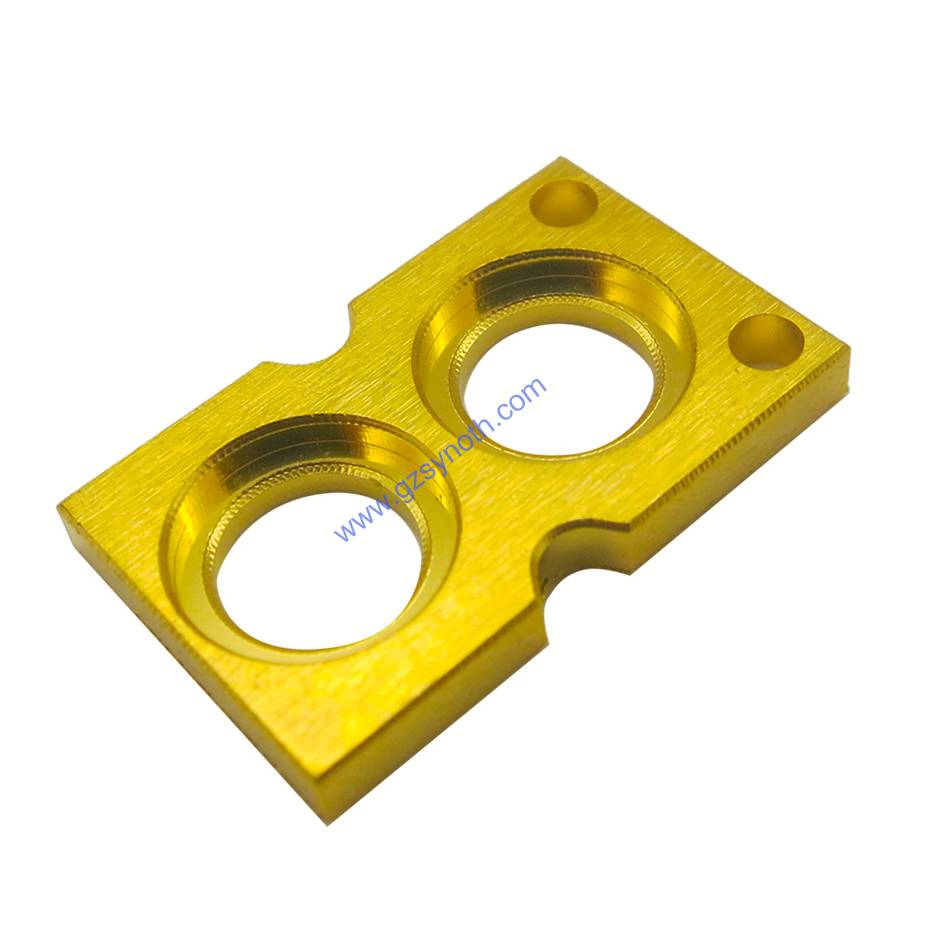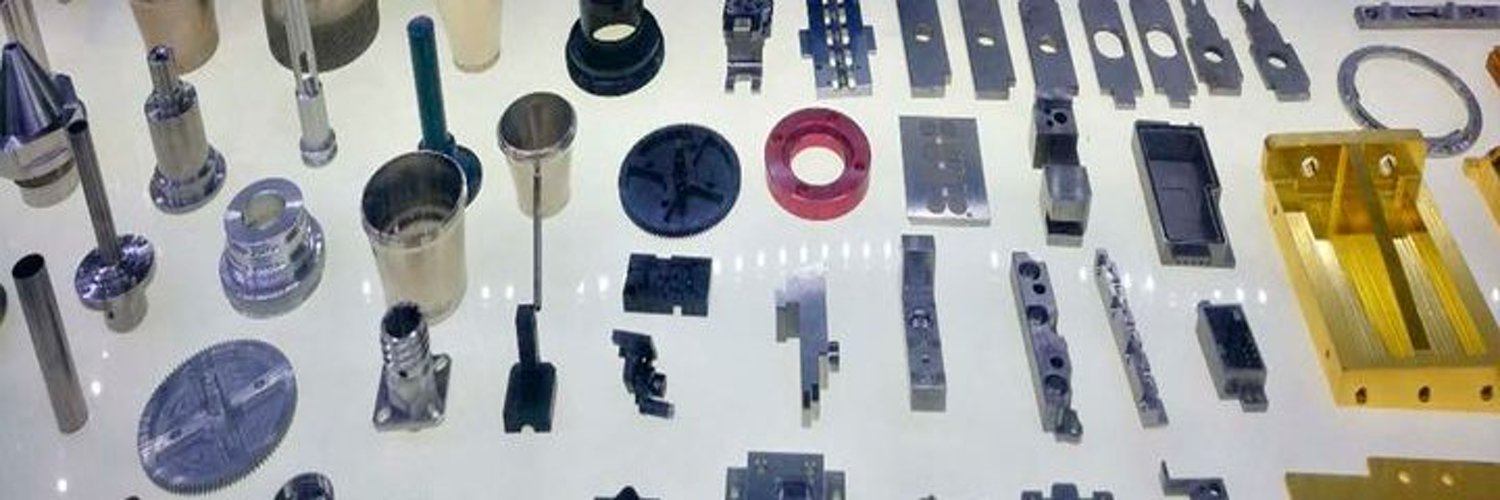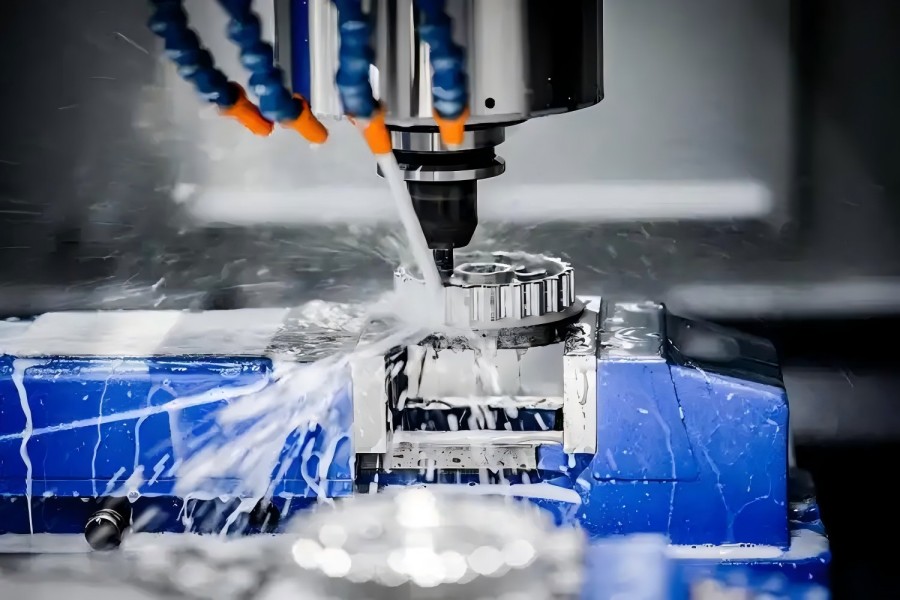- Guangzhou Sinoth Import and Export Co., LTD
Tel: 020-8968-8980
Website:www.gzsynoth.com
Email: belinda@dginfa.com(24 hours online)
Phone: +86 189 2740 6786
Address: No 5, Jinshi Three Street, Shiling Town, Huadu District,Guangzhou City, Guangdong Province
Metal is a material that has the properties of luster (that is, strong reflection of visible light), ductility, and easy conduction of electricity and heat. The above properties of metals are related to the presence of free electrons in metal crystals. In nature, most metals exist in the combined state, and a few metals such as gold, platinum, silver, and bismuth exist in the free state. Metal minerals are mostly oxides and sulfides. Other forms are chlorides, sulfates, carbonates and silicates. The connection between the metals is a metal bond, so it can be re-established at any time by changing the position, which is also the reason for the good ductility of the metal. Metallic elements usually show only positive valence in compounds. Those with larger atomic masses are called heavy metals.

Because the metal's electrons tend to detaching, it has good electrical conductivity, and the metal element usually carries a positive valence charge in the compound, but the higher the temperature, because it is hindered by the thermal shock of the nucleus, the resistance will become larger. The connection between metal molecules is a metallic bond, so it can be re-established at any change of position, which is also the reason for the good extensibility of the metal.
In nature, most metals exist in the combined state, and a few metals such as gold, silver, platinum, and bismuth exist in the free state. Most metallic minerals are oxides and sulfides, while other forms are chlorides, sulfates, carbonates and silicates.
Substances belonging to metals are gold, silver, copper, iron, manganese, zinc and so on. At one atmosphere of pressure and 25 degrees Celsius at room temperature, other metals are solid except mercury (liquid). Most pure metals are silver-white (gray), only a few are not, such as gold is yellow-red, copper is purple. Metal is mostly accompanied by 'onium'.
A substance with a positive temperature resistivity is usually defined as a metal. In the periodic table of elements, there are 90 kinds of metal elements. Located at the lower left of the "boron-astatine demarcation line", there are metal elements in five regions, such as zone s, Zone p, zone d, and Zone f, and the transition elements are all metal elements.
In a solid metal conductor, there are many mobile free electrons. Although these electrons are not bound to any particular atom, they are bound to the lattice of the metal; Even in the absence of an external electric field, these electrons still move randomly because of heat. However, within a conductor, the average net current is zero. Select any section inside the wire, and at any time interval, the number of electrons moving from one side of the section to the other side is equal to the number of electrons moving across the section in the opposite direction.



